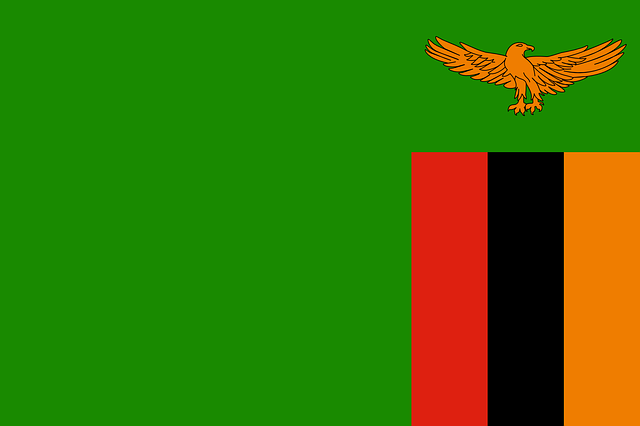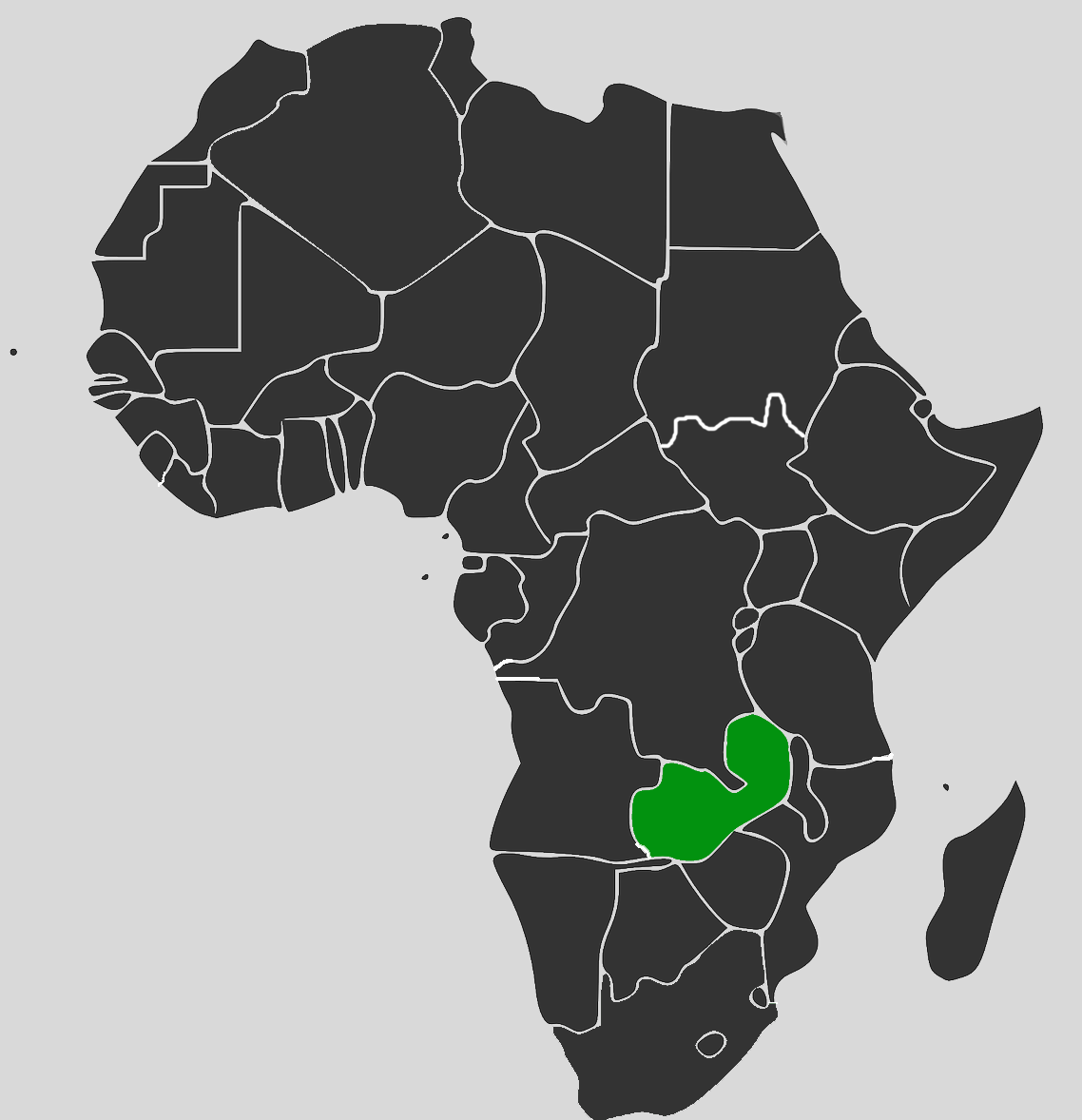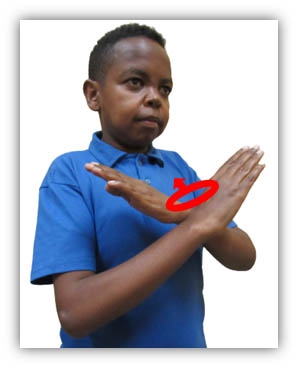Republic of Zambia
Total Population
17 million
Deaf Population
16,000
Nation's Official Language
English
Other Languages
The number of established languages listed in Ethnologue is 46. Some of these are:
- Afrikaans
- Aushi
- Bemba
- Bwile
- Chichewa
- Chokwe
- Ila
- Kaonde
- Kunda
- Lala-Bisa
- Lamba
- Lozi
- Lunda
- Mawbwe-Lungu
- Nsenga
- Nyamwanga
- Nyiha
- Tonga
- Tumbuka
Name of Sign Language
Zambian Sign Language
Overview Of Deaf Community And Education
The first school for the Deaf was founded in 1955, at Magwero Mission in Eastern Province of Zambia (near Chipata) by Dutch missionaries. The first principal was a medical doctor from South Africa, Dr Ella Botes. Five Deaf boys were enrolled in the first year, three from the local areas in the Eastern Province of Zambia, and two from Malawi. Deaf pupils brought their home signs which became Zambian Sign Language.
The second school was opened in 1968 – the Valley View Government School on the Copperbelt Province in Kitwe district, near Kalulushi – for the local parents who cannot afford to send their child to Magwero. Zambian Sign Language developped further there, combining home signs of the local children, as well as the sign language brought back from those children who were transferred back from Magwero to Valley View.
In 1972, the St. Joseph's School for the Deaf was established in Kalulushi.
There are now three residential schools and several units. Initially there was no specialized teacher training and teachers were trained in Zimbabwe or South Africa. Now there is specialized training at the University of Zambia. The approach was oral, and there still appears to be difficulties in using ZSL in schools. ZSL is not yet taught as a subject. It is used as medium of instruction but most teachers can hardly sign. Signed English appears to be the preferred medium.
Sign Language Overview
According to the Bickford et al. (2014) categories, Zambian Sign language is assessed to be ‘developing’ according to Ethnologue, although one informant said it was at the risk of extinction due to the huge influence of American Sign Language (Chikwata Mukuma, personal communication).
ZNAD offer Zambian Sign Language courses at different levels. The Zambia Institute of Special Education (ZAMISE) also offers a six-month short course in Zambian Sign Language. The Association of Sign Language Interpreters of Zambia (ASLIZ) also offers courses.
A ZSL Dictionary was published in 1985 by the Deaf Association (ZNAD) and a later one in 2011. In 2015 a video picture dictionary was produced by the Zambia Deaf Youth and Woman Organization. An application has been developed to learn Zambian SL and there are some internet sites to learn Zambian SL.
There is no published research on Zambian SL. There appears to be minimal variation related to region, school, and contact with other sign languages. There is, however, an influence from ASL but the extent of this is not clear. Chikwata Mukuma, a senior lecturer at ZAMISE, is currently conducting a research project exploring the history of Zambian Sign Language, as well as its current vitality and the influence of ASL.
Deaf Organizations In Country
- Zambian National Association of the Deaf (ZNAD), founded in 1981
- Zambia National Association of Sign Language Interpreters
Overview of Interpreting Services
A small number of “qualified” interpreters exists, not more than ten, trained through workshops or a courses lasting a few months run by the Deaf Association or the Interpreter Association. Most practicing interpreters are untrained or half trained. They work as volunteers and are only paid occasionally. The daily news bulletins are interpreted. On the national television channel all current affairs and programs of national significance are interpreted. The Ministry of Health and Government and health stakeholders are giving some attention to Deaf access to health information. Sometimes there is interpretation but this is very rare and inconsistent.
Resources
Bwalya, A. L. (1985) Zambian Sign Language. Lusake: Curriculum Development Centre, Ministry of General Education and Culture.
Miles, S and Woodford, D. (2003) The Inclusion of Deaf Learners: Observations from EENET's action research study in Zambia. EENET. http://www.eenet.org.uk/resources/docs/inclusion_deaf_learners.php
Mulonda, Manyando (2013) A situational analysis on the use of sign language in the education of the deaf in Zambia: a case of Magwero and St Joseph Schools for the Deaf. MA thesis. University of Zambia. http://dspace.unza.zm:8080/xmlui/bitstream/handle/123456789/3056/Mulonda.pdf
Serpell, Robert (1995?) Basic Education for Children with Special Needs in Zambia. Progress and Challenges in the Translation of Policy into Practice. https://www.academia.edu/9448062/
https://www.facebook.com/Zambia-National-Association-of-the-Deaf-_-ZNAD-244874738997790/?ref=page_internal
Zambia National Association of the Deaf (2001). Zambian Sign Language Dictionary: A Basic Dictionary of Gestural /Visual Communication System of the Zambian Deaf Community. Zambia National Association of the Deaf.
A sample of the picture dictionary: https://www.youtube.com/watch?v=xiRLm9GCAWo
https://learn2signsite.wordpress.com/
http://www.zambian-signlanguage.de/ contains a number of signs and sentences – private initiative.
List of Contributors
Obed Mambwe, Chikwata Mukuma, Michiko Kaneko



